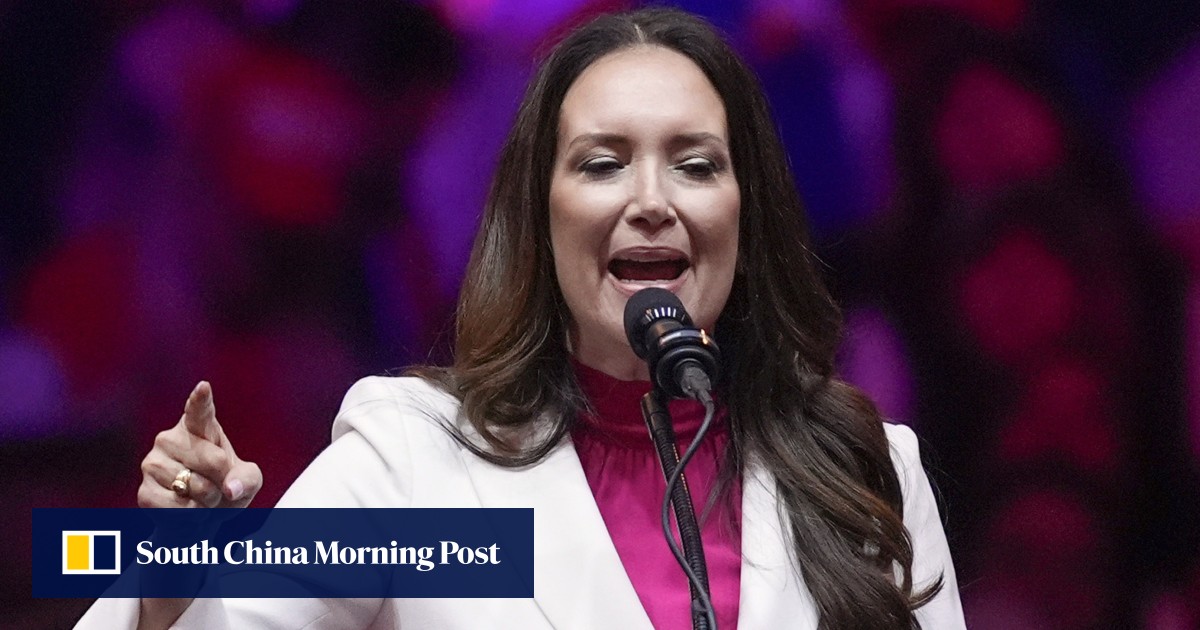Jobs
The U.S. added just 12,000 jobs in October, reflecting the impact of strikes and two hurricanes

The United States added just 12,000 jobs last month, a figure economists say was impacted by two hurricanes and a strike. Yet, even with those caveats, the report pointed to a cooling labor market.
The latest payrolls figure marked the fewest monthly job gains since December 2020, during the depths of the Covid pandemic, with the Bureau of Labor Statistics saying the U.S. effectively added no new net payrolls last month. Analysts had expected to see 110,000 jobs added in October.
There were some bright spots: The unemployment rate remained unchanged at 4.1%, still historically low. And average hourly earnings are up 4% over the past 12 months, well ahead of inflation, which has effectively returned to the Federal Reserve’s 2% target.
But the previous two months’ job figures were revised lower by a combined 112,000. Monthly revisions result from additional reports from businesses and government agencies and from the recalculation of seasonal factors, though the BLS said data-gathering difficulties amid hurricanes Helene and Milton may have affected its tallies. The agency blamed labor actions for a decline of 46,000 in manufacturing employment, referring to the ongoing Boeing strike.
“Beyond the noise of the temporary factors, there are further signals that the job market is cooling further,” Bankrate Senior Economic Analyst Mark Hamrick said in a statement Friday.
What little hiring occurred last month was mostly in health care, which added 52,000 jobs, and government roles, which rose 40,000. And the unemployment rate held steady only because the labor force shrank — it’s down by 852,000 people since last October. The number of people who have been unemployed for 15 weeks or more is up by about 20% since then, as well.
The October payroll gains represent a sharp decrease from the revised 223,000 payrolls added in September, a figure that blew past expectations. The latest data was widely expected to reflect the hurricanes’ impact — together estimated to have caused $50 billion in damage — as well as the Boeing strike, which economists said could dent the monthly jobs report by about 100,000.
Still, “other gauges of the job market and the broader economy tell us of more stability,” Hamrick said. Economic output grew a sturdy 2.8% in the third quarter on the strength of consumer spending, and consumer confidence surged 11% in October, the biggest one-month jump since March 2021.
The Federal Reserve is set to meet next week to make its next interest rate decision, and analysts say today’s report keeps the central bank on track to cut by a quarter percentage point.
“While the Fed will likely attribute some of the weakness in today’s data to one-off factors, the softness in today’s data argues for the Fed to continue its easing cycle at next week’s meeting,” Goldman Sachs investing executive Lindsay Rosner said in a note to clients Friday. “Stormy numbers but sky clearing” for a 25 basis-point cut.
On the eve of Election Day, many Americans continue to feel financial strains even though the broader economy remains robust. While recent months’ payroll reports beat expectations, the gains haven’t been evenly distributed. BLS data shows four main sectors — private education and health care; leisure and hospitality; construction; and government — have accounted for the vast majority of job growth in recent months.
“Some have spoken of a labor-market turnaround, a rebound, a reheating — but other labor market data don’t point in that direction,” said Julia Pollak, chief economist at ZipRecruiter. Even with the Fed cutting interest rates, “activity will likely pick up in one sector at a time,” she said.
Two key sectors that have historically signaled more sustainable economic growth — business and professional services, and manufacturing — have seen hiring slow, though for different reasons.
High interest rates have blunted the Biden administration’s effort to spur blue-collar jobs, with high borrowing costs making it harder for companies to invest in capital intensive projects. That could change as interest rates continue to fall, Pollak said, even though there aren’t many signs of it happening yet. Key borrowing benchmarks like the 10-year Treasury note have so far remained stuck around similar levels seen over the past two and a half years.
Meanwhile, hiring has plunged in business and professional services, crimping college-educated workers’ prospects. A BLS report this week showed hiring for the sector — aside from the immediate pandemic impact — declining to a level last seen in October 2013. Pollak noted that many employers in that sector have invested in labor-saving technologies, including artificial intelligence, which could reduce their need for a human workers.
Earlier this week, the Labor Department reported ongoing claims for unemployment assistance have yet to meaningfully come down, though they remain historically low at just over 1.8 million.
Still, “continuing claims remain at levels above the same time last year and a low hiring environment suggests claims could stay elevated,” Citi analysts wrote in a note to clients Thursday. “Without an increase in hiring, even moderate levels of job losses will likely cause the unemployment rate to pick up.”










